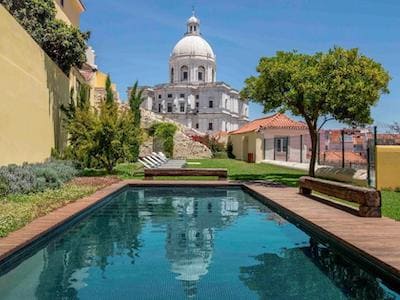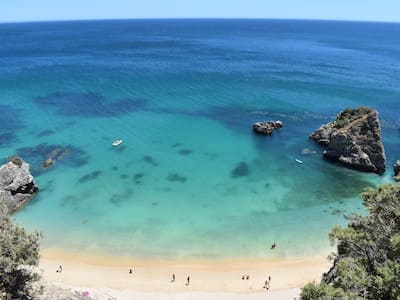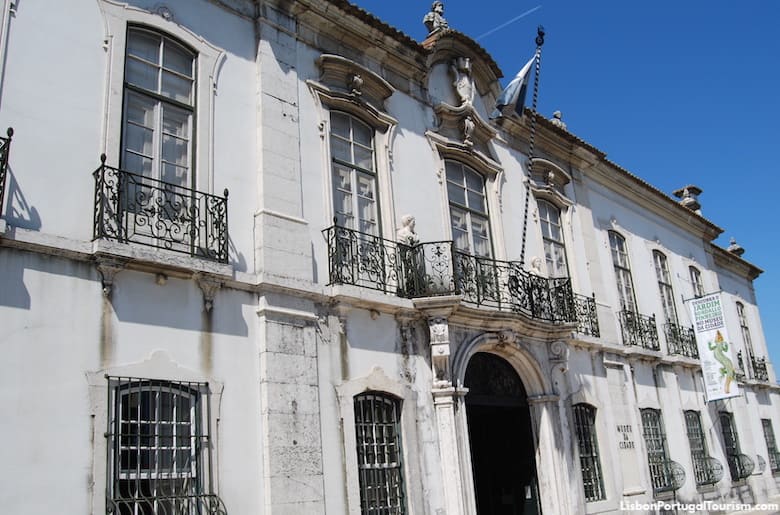
Pimenta Palace houses the museum's main collection
Formerly called Museu da Cidade ("The City's Museum"), the now "Lisbon Museum" was divided into five branches in 2015, to tell the story of Lisbon from different perspectives. The collections go from prehistory to the 20th century, and there is also space for temporary exhibitions:
Palácio Pimenta
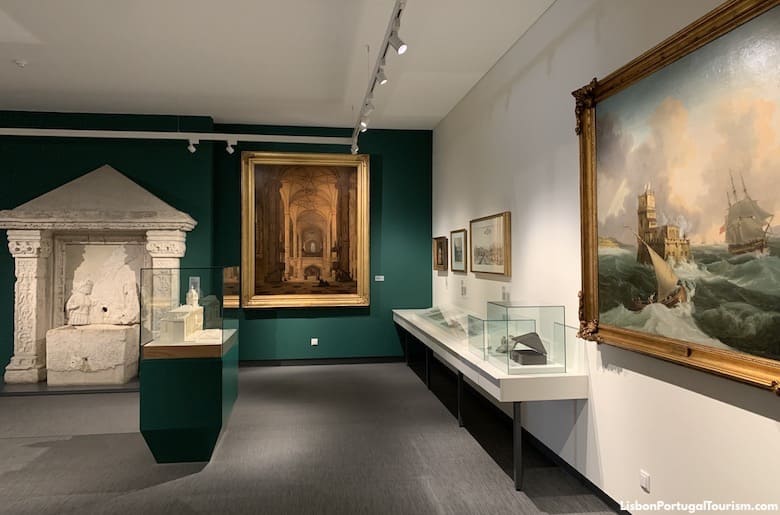
This summer palace from 1734 (built by King João V for his mistress, a nun) is where the City’s Museum was installed in 1979. It’s the main branch of the museum, with a permanent exhibition organized chronologically. It starts with prehistoric Lisbon, then continues to the Roman and Moorish city, medieval Lisbon, the city that grew in the 16th century with the Age of Discovery, and the wealthy city of the 18th century that was destroyed by the Great Earthquake of 1755.
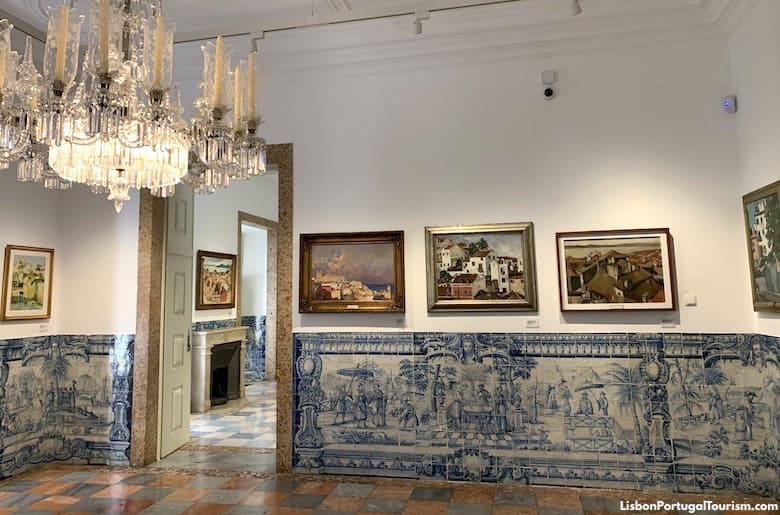
The collection includes archaeological finds, sculpture, painting, and a curious model of 18th-century Lisbon, showing what the city looked like before the earthquake. One of the rooms also presents a notable collection of tile art, and you can also admire the palace’s original tile panels that decorate a grand staircase and the walls of five rooms. One of them is the old kitchen, which includes an 18th-century panel showing a black woman (most likely a slave) cleaning fish on a table. It stands out as a rare depiction of a non-European or non-Asian person at the time and for the use of a color other than white and blue, which were the only colors used in the baroque period. The kitchen also provides access to the palace’s 18th-century chapel.
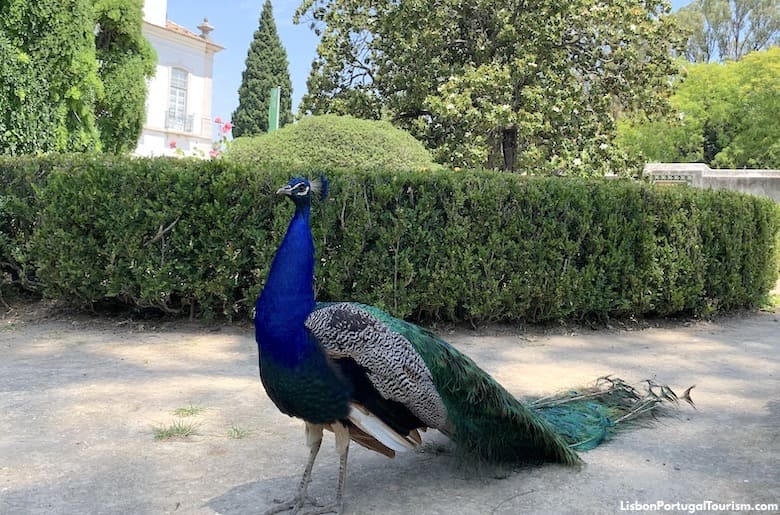
Temporary exhibitions are shown in a pavilion accessed through the gardens. These include a kiosk café, fountains, and peacocks roaming between ceramic fauna and flora, created by sculptor Rafael Bordalo Pinheiro.
Roman Theater
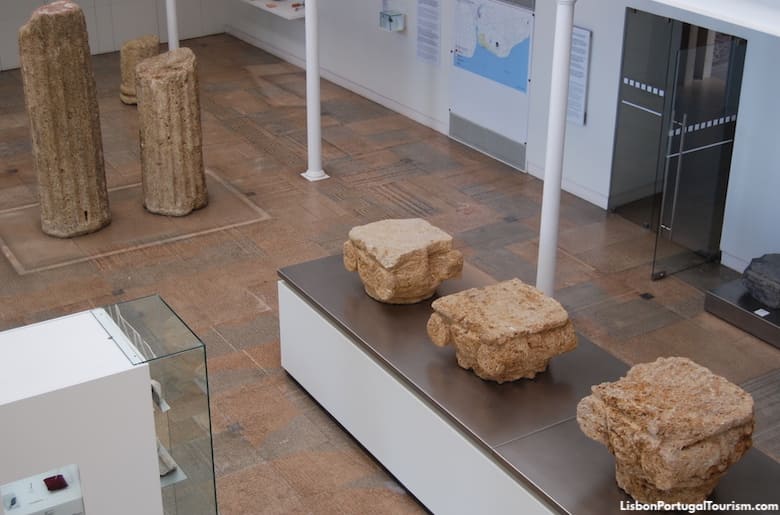
Little remains of the theater that the Romans built at the beginning of the 1st century A.D., but archaeological excavations and what was found in them are displayed and explained in this small but interesting museum. You’ll find it a few feet behind the cathedral.
Casa dos Bicos

This curious building from the 1500s now pays tribute to Nobel Prize-winning author José Saramago, but also presents archaeological remains of the city’s Roman wall, a Roman tank used by a factory to prepare fish, and objects such as plates and tiles used in the building before the 1755 earthquake.
For more details, see the Casa dos Bicos visitor's guide.
St. Anthony Museum
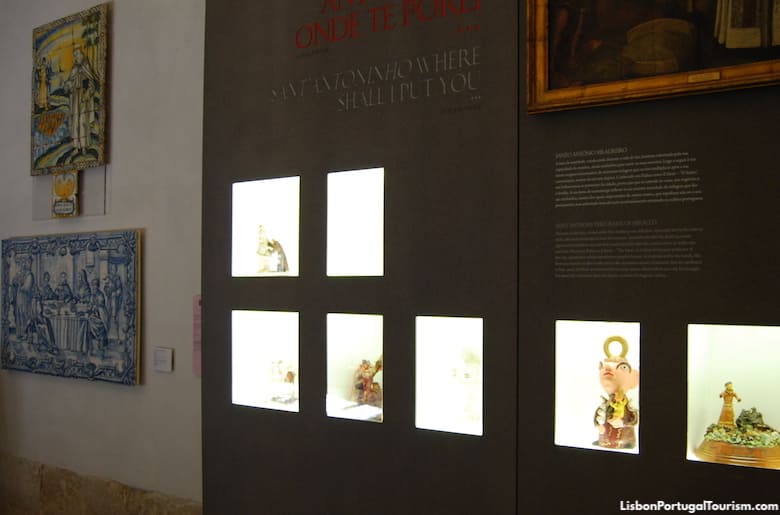
The house on the site where St. Anthony was born in 1191 is now a museum dedicated to his life and worship. It’s found next to the church dedicated to him, and displays pieces from public and private collections.
For more details, see the St. Anthony Church visitors' guide.
Torreão Poente
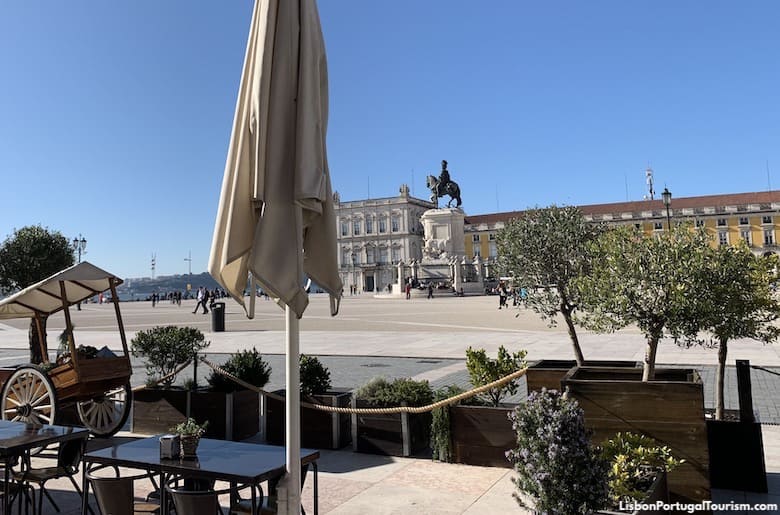
The western turret of Comércio Square is where temporary medium-term exhibitions related to Lisbon are shown. There's a beautiful view over the square from the windows.
How to Get to the Lisbon Museum
Palácio Pimenta is found in the Avenidas Novas district. It’s across the road from the Campo Grande station of the metro (on the green or yellow line).
Tram 28 and bus 737 pass by the Roman Theater and St. Anthony Museum. Casa dos Bicos and Torreão Poente can be reached by metro (“Terreiro do Paço” on the blue line).
You may ride the metro, the tram and the bus (as well as the city’s funiculars and trains) for free with the Lisboa Card.
Campo Grande, 245, Avenidas Novas
www.museudelisboa.pt
Admission and Tickets to the Lisbon Museum
A €6 ticket allows admission to all branches of the museum. A ticket to visit just one of the branches is €3. It’s not included in the Lisboa Card.
It's closed on Mondays (Casa dos Bicos closes on Sundays)
Attractions Nearby
Across the park in front of Palácio Pimenta is the Bordalo Pinheiro Museum. Lisbon’s cathedral is between the Roman Theater and the St. Anthony Museum. Igreja da Conceição Velha is located between Casa dos Bicos and Torreão Poente.

